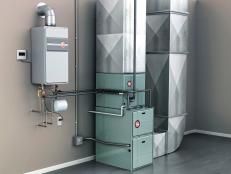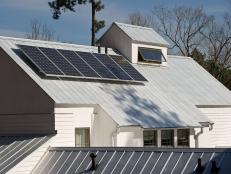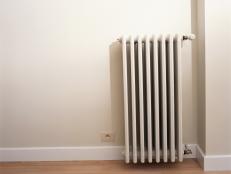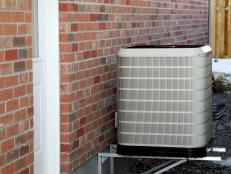The Value of Geothermal Heating
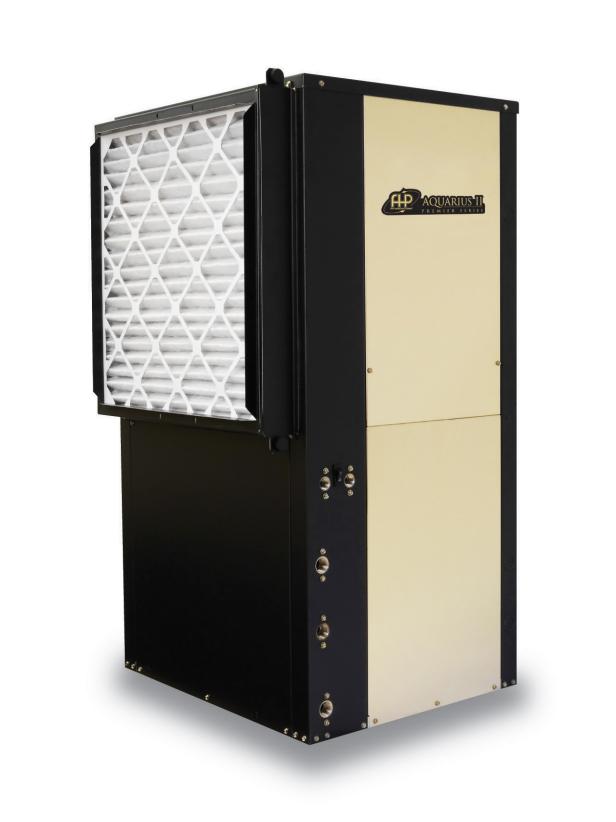
A geothermal (ground-source) heat pump converts the heat of the earth into heat for your home. Consisting of a series of looped pipes drilled deep into the ground, a geothermal system works the same way a regular air-source heat pump does: by harvesting existing heat rather than creating it through combustion, as a gas furnace would. It also works in reverse to remove heat from the air and cool your home in summer.
Because the temperature of the earth at a certain depth is fairly constant and the pipes don't lose any heat to ambient air, the systems are extremely efficient. The energy savings beat just about any other home improvement project you can undertake.
An Energy Star geothermal heat pump is about 45 percent more efficient than a standard heat pump, which translates into an annual energy savings of 30 percent to 60 percent. For the average U.S. household, that's $660 to $1,320. You'll realize the most savings if you include a device that heats water, as well.
Do the Math
Considering the potential five-figure price tag, you may think a geothermal heat pump is out of your range, but be sure to add up the numbers first. Geothermal is one of the few home upgrades that still qualify for a federal tax credit through 2016. The credit equals 30 percent of the total price of purchase and installation of an Energy Star-qualified system with no upper limit, which could add up to $7,500 or more.
Combine that with the possibility of state and local utility rebates and an average $1,000 annual reduction on your energy bill, and you could be looking at a complete return of your investment in two to 10 years.
What's more, the projected lifespan of a geothermal system is 20 to 50 years, which is several times what you'd expect for a standard HVAC system.
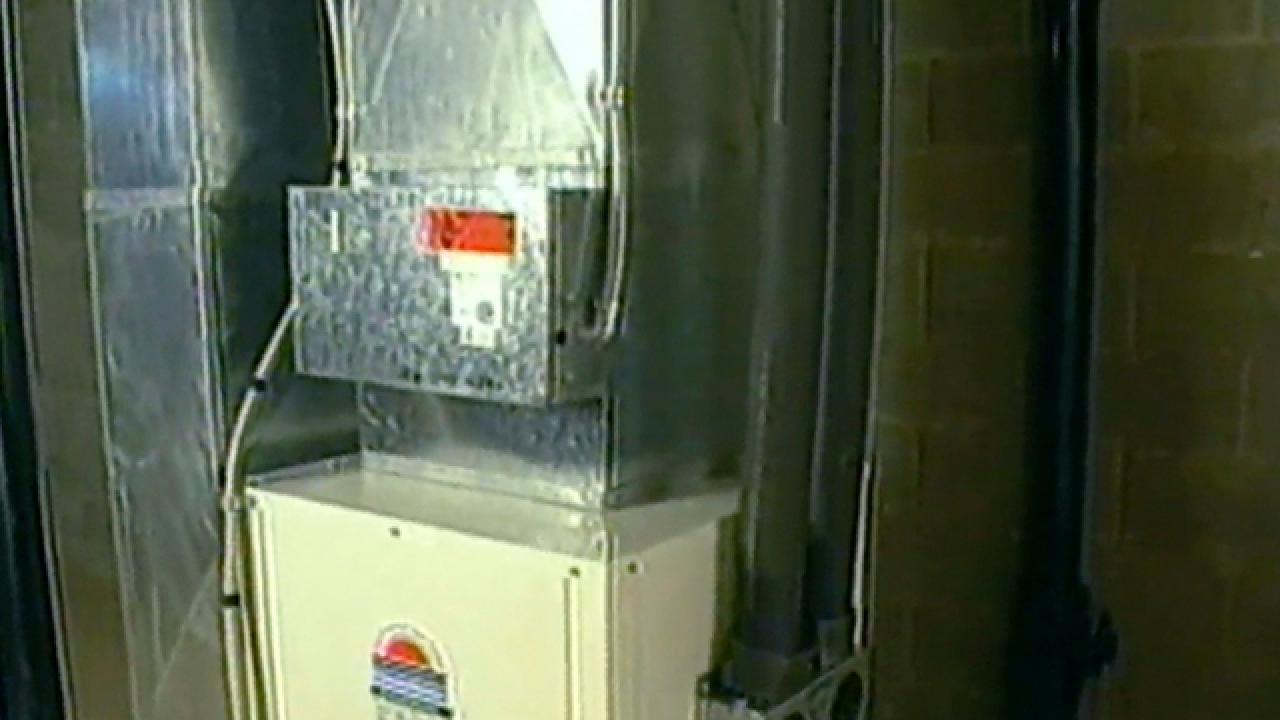
Evaluate your Property
Martin Gorman is general manager for Sinton Air Conditioning & Heating, Inc., which specializes in geothermal systems. According to Martin, geothermal can work for you no matter where you live. But the price you'll pay for your system depends on the overall energy efficiency of your house and the geologic features of your property, both of which should be evaluated by a qualified professional before work begins.
If your property has no rock formations underneath, expect to pay more because drilling will be more difficult and precautions must be taken to keep the bore holes from collapsing.
A typical installation in a house with existing ductwork takes three to five days. "There is some disruption to the landscape," says Martin. "But grass grows back, and everything is below grade."






